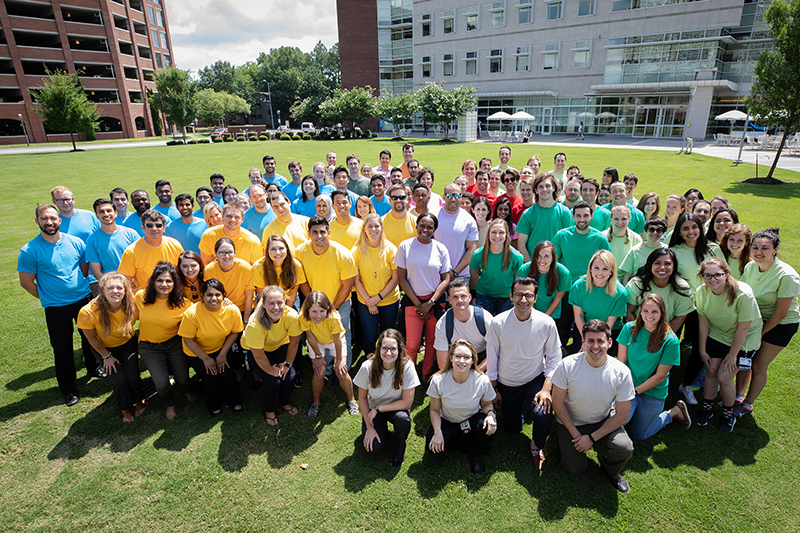EVMS program supports foreign-born residents

“Where are you from?”
“I want an American doctor.”
“What’s with the accent?”
If you are an immigrant provider or researcher working in U.S. healthcare today, the questions above can be all too common. While foreign-born healthcare professionals play a critical role in the U.S. system, they often face racial bias and prejudice in the communities they serve.
One EVMS program in particular is working to ensure immigrant providers have the resources they need to navigate these unfortunate realities and create lasting support systems from the start of their careers.
International medical graduates (IMGs) make up about 21 percent of residents and fellows at EVMS, a figure that’s in keeping with the national average. To help the large number of IMGs at EVMS adjust, the Graduate Medical Education team created a mandatory IMG boot camp.
“We started this program in 2017 because we had several requests to do an orientation program to prepare these trainees for their programs and patients in the U.S.,” says LaConda Fanning, PsyD, RN, Director of GME Early Assessment and Mentoring and Assistant Professor of Internal Medicine.
“Our goals are to set them up for success as they begin their training in this new culture and for them to develop a support network of other IMGs at EVMS.”
The boot camp includes interactive training on diversity, interpersonal communication skills, creating a support system and using mindfulness to build resiliency.
Students also have a chance to role play with standardized patients. They work through scenarios such as patients being afraid to have a physician who is from another country and how to manage conflict with colleagues who mistakenly think they are better than foreign-born residents and fellows.
“The research shows the struggle of IMGs in regards to their professional development and identity and adjusting to the medical culture,” Dr. Fanning says. “To be able to practice different verbal and non-verbal communications and how it may reduce issues with patient interaction is significant.”
Read more magazine stories from issue 14.1 or read stories from past issues.
Subscribe to receive free copies of EVMS Magazine.
Subscribe